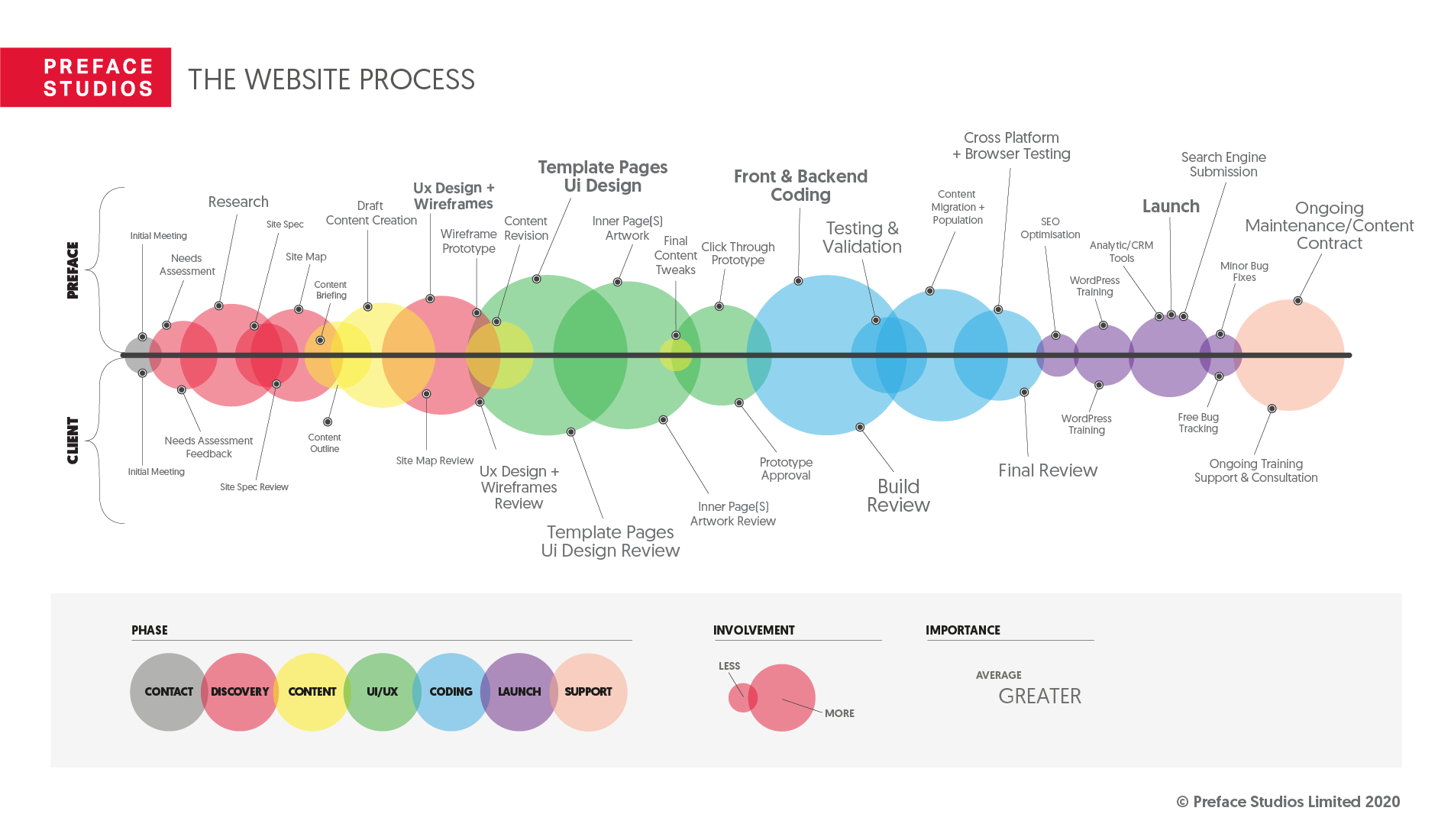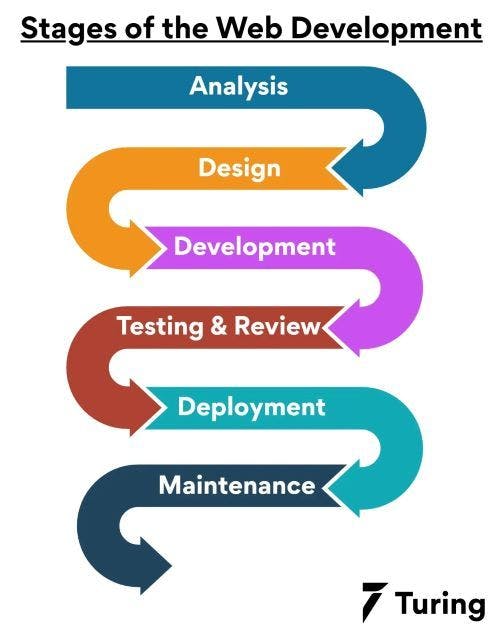Finding the Uses of Web Style for Enhancing Customer Experience
Web design significantly affects individual experience across electronic systems. By concentrating on user demands, designers produce internet sites that are not only aesthetically appealing but additionally functional and accessible. Crucial element such as responsive design and instinctive navigation play critical functions in boosting functionality. The obstacle lies in comprehending exactly how these components communicate to satisfy advancing user assumptions. The exploration of these aspects discloses understandings that might transform electronic involvement.
Recognizing Individual Needs and Assumptions
Just how can Web designers efficiently straighten their developments with user demands and assumptions? To achieve this, developers should participate in thorough customer study to record the choices, actions, and discomfort factors of their target market. Using approaches such as studies, interviews, and usability screening, developers gather useful insights that assist their decision-making process.
Creating customer personalities can even more aid in imagining various customer sectors, making sure that style selections resonate with actual customers. Furthermore, developers should focus on instinctive navigation and clear phone calls to activity, which assist in seamless communications.
The Value of Responsive Design
As individuals increasingly accessibility websites on a selection of gadgets, responsive layout has actually come to be vital for creating a favorable individual experience. This technique permits Web pages to adapt flawlessly to various screen dimensions, making certain that web content is accessible and conveniently legible, no matter whether a customer gets on a desktop computer, smartphone, or tablet .
Responsive style boosts usability by supplying a consistent experience, reducing the demand for excessive scrolling or zooming. Furthermore, online search engine favor receptive internet sites, which can boost a site's presence and reach. This layout strategy additionally improves growth efforts, as it gets rid of the requirement for multiple versions of a website customized to specific gadgets.
Incorporating receptive style not only meets individual expectations yet also lines up with modern-day Web requirements, cultivating interaction and contentment. Eventually, it signifies a dedication to availability and inclusivity, essential components for any kind of effective on the internet existence.
Developing Instinctive Navigation
A reliable website design not only incorporates responsive formats yet also prioritizes user-friendly navigation, which is essential for directing customers through a website perfectly. Intuitive navigating warranties that individuals can conveniently situate info without unnecessary initiative. Secret elements consist of a clear food selection framework, rational categorization of web content, and identifiable icons or labels.
Consistency in navigating positioning across different web pages fosters familiarity, boosting user convenience. Utilizing breadcrumb routes allows customers to track their area within the site, aiding in backtracking and expedition. Furthermore, enhancing navigating for mobile phones is fundamental, as numerous users accessibility internet sites using tablet computers and mobile phones.
Integrating a search bar can furthermore streamline the user experience, enabling fast access to particular web content. On the whole, user-friendly navigating decreases disappointment, motivates longer site sees, and eventually brings about higher individual contentment and interaction. By concentrating on navigating design, Web designers can significantly enhance the total customer experience.
Using Visual Hierarchy Successfully
Efficient Web layout hinges on the tactical usage of aesthetic hierarchy, guaranteeing that users can effortlessly browse material and comprehend one of the most vital details at a glimpse. By prioritizing elements based on their relevance, developers can direct users' focus toward crucial locations, such as headlines, calls-to-action, and necessary photos.
Methods such as dimension, placement, shade, and contrast play important functions in developing this pecking order. Larger message commonly indicates greater importance, while contrasting colors can attract focus to crucial actions. In addition, consistent placement and spacing assistance produce an arranged layout, making it simpler for individuals to refine info quickly.
Furthermore, incorporating imagery tactically can enhance understanding and retention of web content. When made use of properly, a well-defined visual power structure not just boosts use yet likewise improves the general user experience, permitting individuals to involve meaningfully with the website's goals.
Enhancing Readability and Ease Of Access
Aesthetic hierarchy substantially influences exactly how users connect with a website, however similarly vital is guaranteeing that web content continues to be accessible and understandable to all target markets. Efficient website design utilizes clear typography, consisting of ideal font style dimensions, line spacing, and contrast to enhance readability. Using high-contrast color pattern can assist those with visual problems, while larger text sizes profit individuals with reviewing difficulties. Additionally, including alt message for photos assurances that people using display visitors can access you can look here critical details.
Developers ought to also take into consideration the layout and framework of content, making use of headings and bullet indicate separate big blocks of text. This not only aids skimming however likewise aids individuals with cognitive specials needs. Ultimately, focusing on readability and access cultivates a comprehensive environment, allowing varied target markets to involve completely with the site's content (web development). By dealing with these elements, Web designers can substantially improve the general individual experience
Integrating Involving Visual Elements
Including engaging visual elements is vital for improving customer experience in Web style. Shade psychology plays a substantial function in affecting individuals' feelings and behaviors, while interactive graphics can catch focus and urge expedition. With each other, these elements create a much more dynamic and attractive on the internet atmosphere.
Value of Color Psychology
The importance of shade psychology in website design can not be overstated, as it plays a vital function in forming customer perceptions and actions. Shades stimulate feelings and can affect exactly how users communicate with a web site. For example, blue typically communicates trust fund and professionalism, making it a preferred selection for economic institutions. Alternatively, red can cause necessity and exhilaration, usually made use of in sales promos. Comprehending the emotional results of color enables developers to create a natural visual experience that reverberates with customers. Additionally, constant color design enhance brand identity and recognition, making sure users connect details shades with specific brand names. Ultimately, thoughtful application of color psychology can significantly boost user interaction and fulfillment, making it a fundamental aspect of reliable Web design.
Using Interactive Graphics
Involving individuals via interactive graphics can significantly boost their total experience on a web site. These elements, such as animations, infographics, and clickable visuals, foster a deeper link between customers and the check my blog web content. By encouraging expedition and engagement, interactive graphics can make complicated details more digestible and maintain customers' interest much longer. Additionally, they provide a chance for individuals to connect with the site in a significant method, resulting in enhanced fulfillment and a greater chance of returning. It is necessary to balance interactivity with usability; overly complex graphics may confuse individuals. Correctly implemented, interactive graphics can transform an easy watching experience into an appealing journey, ultimately contributing to boosted user experience and website performance.
Constant Checking and Renovation Approaches
Continuous testing and improvement methods work as necessary elements in maximizing Web design for customer experience. By carrying out iterative testing, developers can collect real-time feedback on user interactions, allowing them to identify discomfort factors and areas for enhancement - web development. A/B testing, functionality screening, and warmth mapping work approaches that give insights into user actions, enabling enlightened style decisions
These approaches urge a society of continuous improvement, instead than an one-time launch. Web developers can utilize analytics devices to keep an eye on efficiency metrics, such as bounce rates and conversion rates, which direct necessary modifications. Routine updates based on user comments not only improve performance but also foster user fulfillment and commitment.
Eventually, constant screening and improvement create a responsive website design setting where individual experience is prioritized, guaranteeing that the site progresses together with customer needs and technological developments. This proactive technique brings about a more engaging and reliable on the internet existence.
Frequently Asked Questions
Exactly How Can Shade Psychology Impact Customer Experience in Website Design?
Shade psychology significantly influences user experience in website design by evoking feelings and assisting habits. Various colors can develop organizations, boost readability, and impact user interaction, eventually shaping understandings of a brand name or web site's performance.
What Duty Does Typography Play in User Interaction?
Typography considerably influences customer interaction by boosting readability, establishing power structure, and sharing brand individuality. Efficient font style options can capture focus, stimulate feelings, and overview customers via web content, eventually improving overall interaction and satisfaction with the web site.

How Do Social Distinctions Impact Web Design Preferences?
Cultural distinctions considerably influence Web design choices, influencing color choices, layout, imagery, and navigating styles. Understanding these variations enables designers to develop more relatable and engaging experiences customized to diverse customer backgrounds and expectations.

What Tools Can Aid Examination User Experience Properly?
Various devices, consisting of Google Analytics, Hotjar, and UsabilityHub, properly examination customer experience. These systems supply insights into customer actions, help with A/B screening, and collect feedback, aiding designers make notified decisions to boost total use.
How Often Should an Internet Site Be Upgraded for Ideal Customer Experience?
An internet site should be revamped every 2 to 3 years to keep ideal user experience. Normal updates ensure the style stays modern, responsive, and straightened with evolving individual requirements and technical improvements, boosting total involvement.
Developing user characters can better aid in visualizing various customer sections, making sure that layout selections reverberate with real users. As customers increasingly accessibility websites on a selection of tools, receptive design has become essential for developing a favorable individual experience. Integrating engaging aesthetic aspects is important for boosting customer experience in Web design. Ultimately, continual testing and improvement develop a web link receptive Web style environment where customer experience is focused on, guaranteeing that the site progresses along with user requirements and technological developments. Color psychology greatly affects user experience in Web layout by evoking feelings and directing behavior.